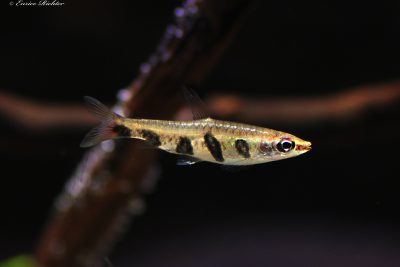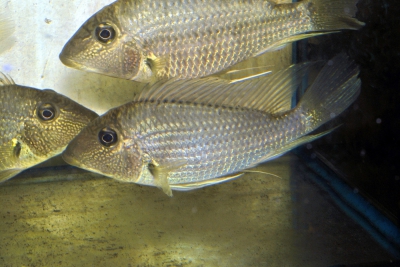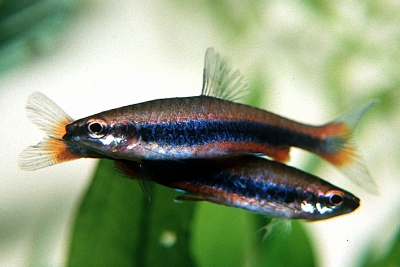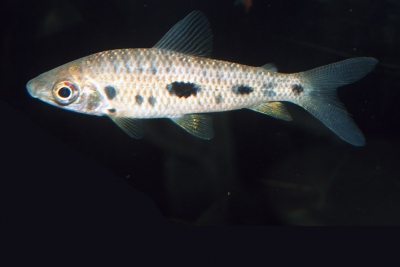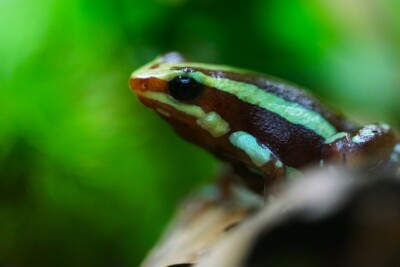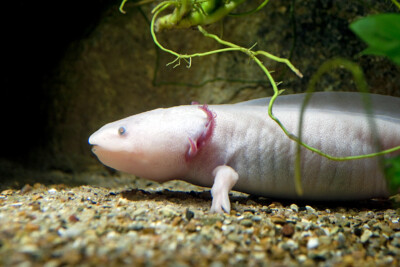south american cane toad
| Scientific name | Rhinella marina |
|---|---|
| Descriptor | Linnaeus |
| Year of description | 1758 |
| IUCN category (World) | LC |
| Family | Bufonidae |
| Genus | Rhinella |


Introduction
Rhinella marina, commonly known as south american cane toad, is a fresh water amphibian.
This sheet is currently being prepared. The texts currently proposed come from our data model or are being drafted. To request priority for this content, you can write to us HERE.
Who is it?
Morphology
-
Size15 - 20 cm
-
Motifmottling
-
Mimicrymud
-
Size15 - 20 cm
-
Motifmottling
-
Mimicrymud
How to recognize the south american cane toad ?
The south american cane toad measures around 15 cm. The dominant males can however reach 20 cm. this amphibian is bicolore with a predominantly marron and beige body. The also has marron mottling.
Sexual dimorphism
The adult male is bigger than the female.
Behaviour & Life cycle
-
Sociabilitysolitary
-
Way of livingnocturnal
-
VenomousYes
-
Dietpredator
The south american cane toad is an amphibian solitary naturally found Terre. This species is carnivorous . this amphibian lives mainly at night. Usually, it leaves its hiding place and starts to be active once it gets dark.
Although the south american cane toad is non-territorial, it is sometimes aggressive towards other species. In a constant quest for dominance, the dominant males of this species cannot stand each other. The battle between two individuals can be intense and violent. It will result in the submission and sometimes even death of one of the protagonists.
Reproduction
-
Reproductionovipare qui forme des rubans d'œufs
-
PolygamyYes
The south american cane toad is an amphibian ovipare qui forme des rubans d'œufs. In this species, the dominant males are polygamous and reproduce each season with several females.
Risks for humans
-
VenomousYes
This species is venomous and can cause serious injuries when touched.
Where to find it?
What is its habitat?
Natural environment characteristics
-
Temperature20 - 30 °C
Biotope presentation
The acidification of water comes from the decomposition of plants. This phenomenon changes the color of the water, which tends to turn brown. In some areas particularly rich in organic matter, the water is so dark that it is called "black water".
The south american cane toad is most often found at a depth between 0m and 1m. However, it is not impossible to find this species at other depths. This animal evolves in areas characterized by a strong presence of vegetation (aquatic and marsh plants, decaying organic matter, roots...).
Species of the same biotope
To go further
Sources & Contributions
Participation & Validation
The Fishipedia team and specialist contributors are committed to providing high-quality content. However, although the information comes from scientific sources or testimonials from specialists, the cards may contain inaccuracies.

Benoit Chartrer
Translation
Translation done with the valuable contribution of our translators, who make this information available to a wider audience. We sincerely thank them for their commitment.
Scientific partners
Tags
Species of the same biotope





